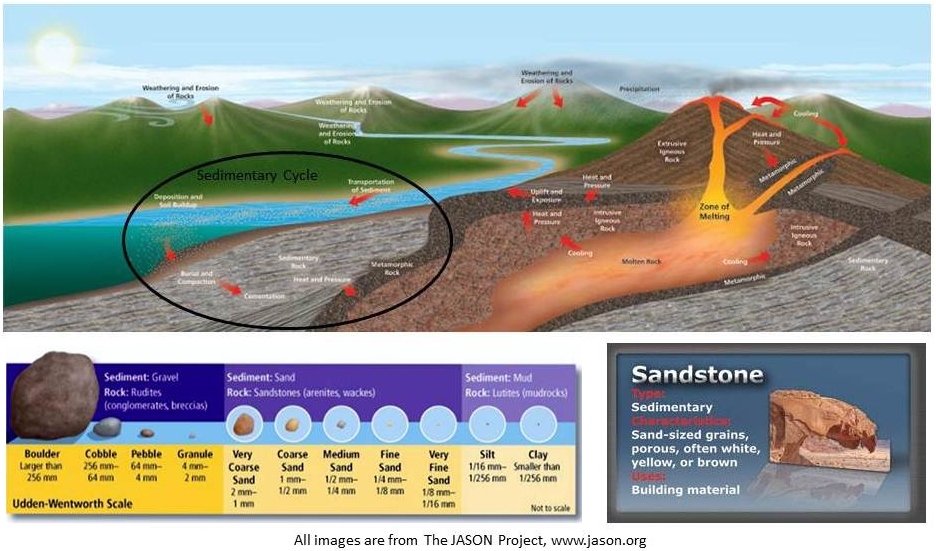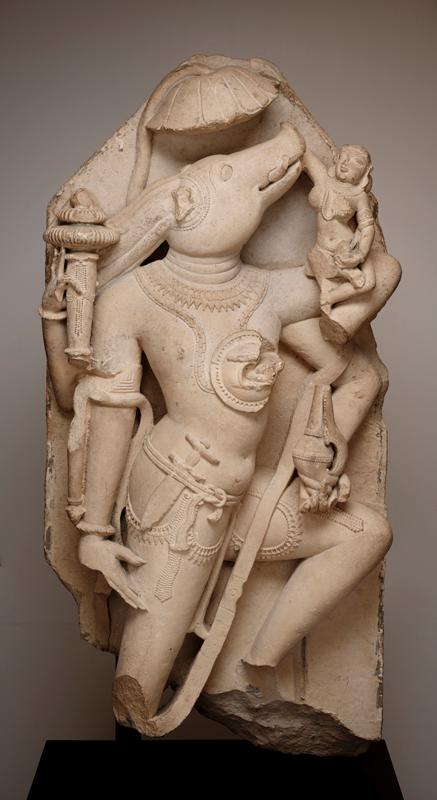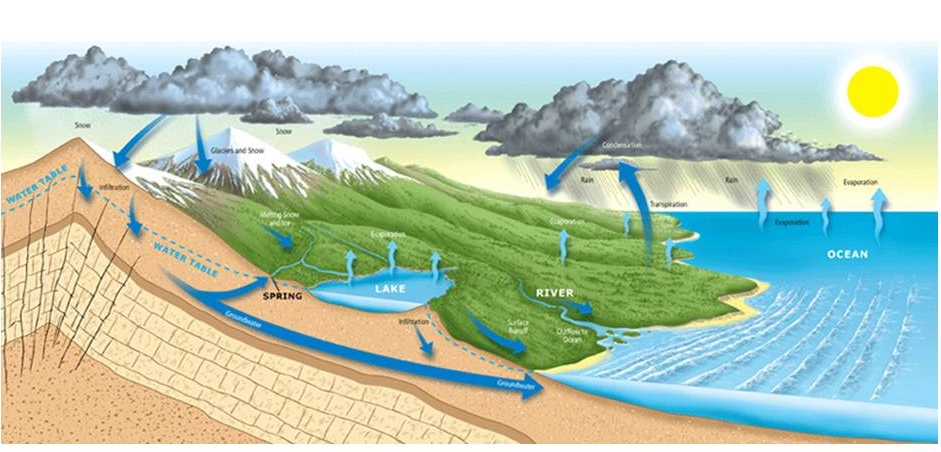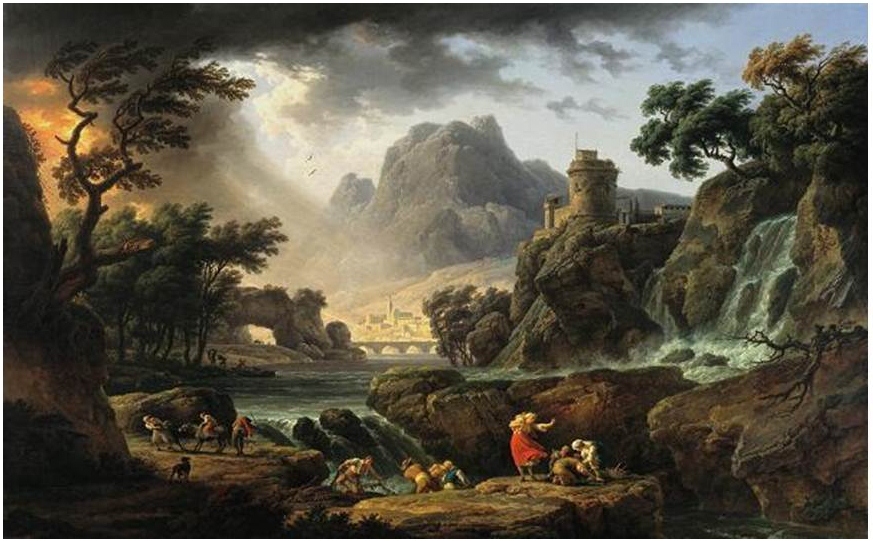In this Educator Resource series, I would like to introduce
The JASON Project. My first experience with JASON was three years ago, when I was the education intern for the
Ulrich Museum of Art in Wichita, Kansas. We had a week-long marathon of
Argonauts come through the Museum (the name derives from the ancient Greek myth Jason and the Argonauts). Ever since then, I have been focused on adding science components to my docent-guided tours.
What is The JASON Project?
The JASON Project is a science initiative founded by
Dr. Robert Ballard, a renowned oceanographer, and is led by a team of scientists to provide students with hands-on, science-based experiences. The standards-based curricula are divided into five different units, and are designed for grades 4
th-10
th. Since the beginning of the project, over twelve million students and teachers have used JASON’s printable curriculum, including myself. The best part about The JASON Project is that it’s completely free for educators.
How does The Jason Project apply to art teachers and the Museum?
The relationship between art and science dates back to antiquity and has provided our society with many great disciplines including architecture, engineering, communication design, and the visual arts. Today, discovering art with a scientific lens can be easy, with the right tools, of course. One of the best tools to connect art with science is The Jason Project.
One of my favorite units of The JASON Project is Operation: Tectonic Fury. This geology-based unit provides an in-depth look into what makes Earth’s landscape unique: minerals and rocks. The rock cycle can apply to many of the works of art in our Museum.

The properties of sedimentary rocks
For example, let’s look at Vishnu as Varaha. This object is not only incredible for the heroic story that it illustrates, but also for the natural properties it possesses. Vishnu as Varaha is made from sandstone, a sedimentary rock, which is formed when sand becomes compacted and lithified, a process where loose sediment becomes solid.

Vishnu as Varaha, India, 10th Century, gift of David T. Owsley via the Alvin and Lucy Owsley Foundation and the Alconda-Owsley Foundation, E.E. Fogelson and Greer Garson Fogelson Fund, General Acquisitions Fund, Wendover Fund, and gift of Alta Brenner in memory of her daughter Andrea Bernice Brenner-McMullen
Another unit that I reference while teaching in the galleries is Operation: Monster Storms. This unit discusses the dynamic weather patterns and how those patterns can effect society. Two divisions of this unit that are applicable to some objects in the Museum are wind and rain. The water cycle is a great diagram that describes the evaporation and precipation process.

The water cycle
The discussion of rain can be applied to many different works of our in our collection, but my favorite one to use is
A Mountain Landscape with an Approaching Storm. This composition gracefully depicts a treachous storm approaching from the distance, spouting out rain and forceful wind.

A Mountain Landscape with an Approaching Storm, Joseph-Claude Vernet, 1775, Dallas Museum of Art, Foundation for the Arts Collection, Mrs. John B. O'Hara Fund
The JASON Project can be an invaluable resource when connecting science with art. The organization provides us with teachable material, and a curriculum that we can continue to connect science with our own passion for the arts. I hope these small examples provide inspiration for future collaborations with science and art!
Sincerely,
Coordinator of Museum Visits




Science was never my strong point (hence working in an art museum), but the JASON project seems like a lot of fun! I love having new and interesting ways to talk about works of art with student groups.
Thanks Jessica! I’ve had a lot of fun connecting these two themes, and it seems as though the students really enjoy it as well. Fun and educational.
Hi Loryn,
I enjoyed your blog post ! I was a teacher Argonaut for Tectonic Fury and I appreciate your connection between art and science. The JASON Project is very interdisciplinary; it definitely excites and inspires students in the field of science! It sounds like you have an interesting job and I wish you well!
Cindy Duguay
JASON Tectonic Fury Teacher Argonaut
RSU#52 Gifted and Talented Program Teacher
Thanks for reading Cindy! Tectonic Fury Teacher Argonaut – what a great title.